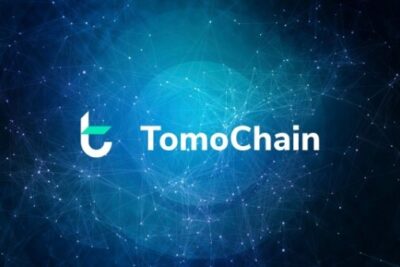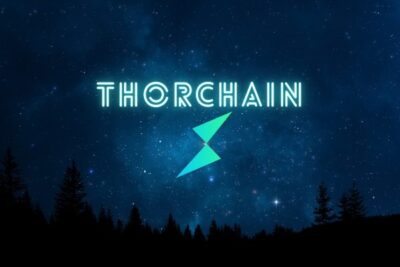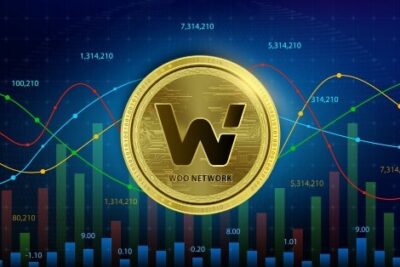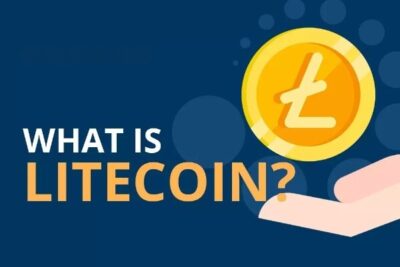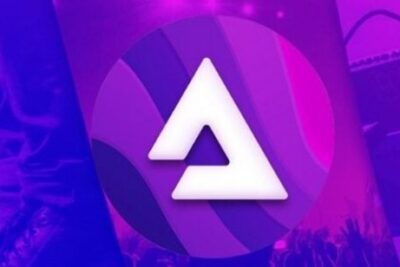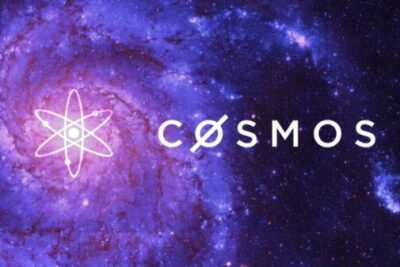
Adequately Fact About What Is TomoChain And How Does It Work?
24 May 2022
What is TomoChain? TomoChain (TOMO) is a project that is working toward the goal of helping to scale the Ethereum blockchain, which is without a doubt an urgent problem in light of the past network bloat.
Since the Crypto Kitties market slowed down at the end of 2017, scaling has, without a doubt, been at the forefront of the thoughts of Ethereum developers. Recently, a number of initiatives have been initiated with the intention of addressing this concern; each of these projects offers its own one-of-a-kind approach to the problem.
The question now is, how exactly does TomoChain’s approach vary from others? In this evaluation of TomoChain, bePAY will provide you with the information you want about what is TomoChain? Whether is TomoChain a good investment? We will also investigate the many applications of the TOMO tokens as well as their potential in the long run.
What Is TomoChain?
TomoChain is a public blockchain that is EVM-compatible and aspires to achieve fast transaction speeds without sacrificing decentralization. TomoChain does this by using a consensus mechanism known as Proof of Stake Voting (PoSV), which incentivizes token-holders to actively participate in staking across a network of 150 master nodes, as well as actively monitor their performance and governance.
The objective of TomoChain is to become the “preferred infrastructure for the next generation of global open finance.” In order to do this, the team intends to become a formidable competitor in the race to attract further financial innovations in the crypto-finance business. TomoChain’s PoSV consensus method enables the rapid and inexpensive development of financial Dapps and the issuance of tokens while maintaining the network’s decentralization and security.

What is TomoChain?
>> Here is what you need to know if you are new to Proof of Stake
What Is TomoChain Token?
TomoCoin is the official cryptocurrency of the TomoChain network. There are a fixed 100 million tokens available. Previously, these tokens were ERC20 Ethereum-based tokens, however, they have subsequently migrated to the TomoChain mainnet blockchain.
The Masternode Council has the option of increasing the overall supply by up to 1 million TOMO each year. Following TomoChain’s first sale, the remaining funds will be distributed as follows:
- 50% for crowdfunding investors
- 15% for the corporation and advisers
- 35% for the master node/ecosystem construction program rewards engine
TomoChain token is utilized for these usages:
- Development funding for TomoChain and its ecosystem (TomoScan, TomoMaster, TomoChain swap (LuaSwap) TomoChain Wallet (TomoWallet), etc.).
- Reward intended to encourage the development of the TomoChain engine/ecosystem.
- The TomoChain network’s decentralized governance mechanism.
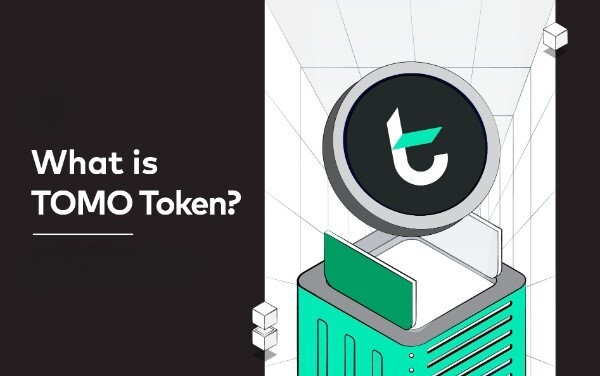
What is TomoChain token?
TomoChain Features
TomoChain For Developers
TomoChain is compatible with EVM (Ethereum Virtual Machine). This makes it simple for developers to create any decentralized application (Dapp) based on Ethereum smart contracts with near-instant finality and transaction costs.
In addition, TomoChain may be readily linked with a number of industry-standard development tools, such as Truffle Suite, Remix, and Web3 wallets like MetaMask.
Moreover, TomoChain enables developers to rapidly deploy Dapps without sacrificing security. TomoChain software development kits (SDKs), TomoP SDK, TomoX SDK, and TomoWallet SDK are used for this purpose.
TomoChain is also very scalable. With 2,000 transactions per second (TPS) and two-second confirmation speeds, the TomoChain blockchain has the capacity and throughput to remain safe and stable during periods of heavy network congestion.
If you are a programmer wishing to strengthen your blockchain abilities, Ivan on Tech Academy is your best bet! As the biggest online blockchain education suite in the world, Ivan on Tech Academy offers a vast selection of courses for all expertise levels! Alternatively, if you are absolutely new to coding, you should first see the Javascript Programming for Blockchain Developers course.
>> Exploring what is crypto wallet and why you need to have one to join Web 3.0
Masternodes of TomoChain
TomoChain’s blockchain depends on Masternodes for network security. TomoChain Masternodes are full nodes that play a vital role in the TomoChain ecosystem by generating, validating, and confirming newly-generated blocks. To become a TomoChain Masternode candidate, candidates must stake 50,000 TOMO and deposit the same amount. Candidates may quit at their discretion. However, all staked coins are locked for 30 days after resignation.
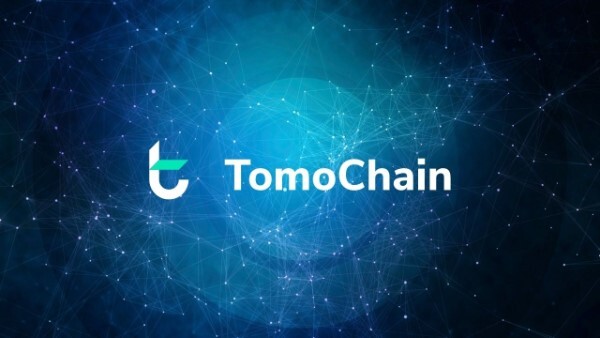
TomoChain main features
Candidates are eligible to become TomoChain Masternodes if they place among the top 150 candidates in each epoch’s voting. TomoChain Masternodes may also quit, however, the 30-day lock-up period remains in effect. In addition, Masternode payouts are proportionate to the number of signatures they generate.
Security
TomoChain allows organizations and developers to securely encrypt transactions involving private or sensitive data. This is made possible by TomoChain Privacy, which offers anonymous transactions via double validation security upgrades, randomization, and obscuring transactional data, such as wallet addresses and transaction values.
Protocols for the TomoChain System
On the TomoChain blockchain, the TomoChain Protocols layer hosts numerous decentralized applications (Dapps). Check the article about decentralized applications (Dapps). These decentralized applications are created with an emphasis on user security and privacy. These consist of:
TomoX
TomoX is a program that supports the intelligent development of decentralized exchanges (DEXs). TomoX enables developers with minimum technical expertise to rapidly construct and deploy DEXs at minimal expense. Additionally, DEXs created using TomoX are totally decentralized.
See the Ethereum Smart Contract Programming 201 course at Ivan on Tech Academy to understand how to develop and implement your own decentralized exchange on the Ethereum network. This course offers a video-based, instructor-led introduction to token standards, storage design patterns, and security concerns, among other topics.
TomoZ
TomoZ is a system that allows tokens to be created and fees to be paid using tokens. Using TomoZ, tokens may be issued rapidly and frictionlessly, with little effort. For token issuance, the TomoZ protocol employs the TomoChain TRC-21 token standard. This creates a smooth user experience by allowing users to pay transaction fees without the need for cross-chain transfers.
TomoP
TomoP is a privacy protocol that offers ultrafast, private transactions and cross-chain compatibility for a variety of decentralized applications (Dapps). Additionally, TomoP facilitates the issue of private tokens with an emphasis on regulatory compliance.
Built on TomoChain to support secure, untraceable transactions, TomoP users may be certain that the wallet addresses used for sending and receiving transactions are untraceable and the transaction values are confidential.
TomoChain Products
TomoChain also hosts an assortment of blockchain-based goods. Each of the following products is an integral part of the TomoChain ecosystem, producing an all-inclusive platform for a variety of use cases.
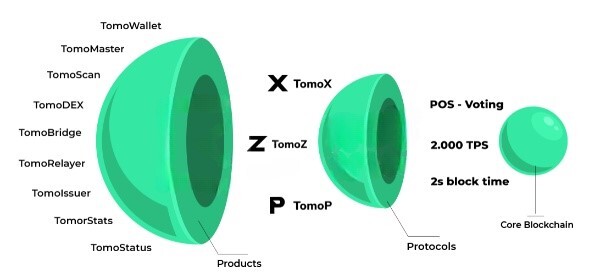
TomoChain products
TomoWallet
TomoChain Wallet is the wallet used across the TomoChain ecosystem. The secure and user-friendly TomoWallet may be used to store TomoChain coins (TOMO) and tokens created by TomoChain. TomoWallet is also used for tracking user incentives, voting for TomoChain Masternodes, and interfacing with decentralized apps (dApps) and blockchain-based crypto gaming platforms.
TomoMaster
TomoMaster is a program used for staking, monitoring rewards, and voting on which Masternodes are qualified to safeguard the TomoChain network. In addition, TomoMaster delivers performance-related information for 150 Masternodes.
TomoScan
TomoScan is the native block explorer for TomoChain. TomoScan offers transparent on-chain analytics that reveals technical representations of network activity, similar to Etherscan but with extra features.
TomoBridge
TomoBridge is a token exchange and bridge application that facilitates interactions between TomoChain and other blockchains. Using a simple graphical user interface, users may exchange tokens from one blockchain to another using TomoBridge (GUI).
TomoRelayer
TomoRelayer is the dashboard used to register, launch, and administer a TomoX Protocol-based decentralized exchange (DEX).
TomoChain swap
LuaSwap is a cross-chain liquidity protocol that allows users to trade TOMO, ETH, and a variety of ERC-20 and TRC-21 tokens. Additionally, LuaSwap allows users to generate passive income using cryptocurrency. This is accomplished by providing liquidity and staking LUA tokens.
TomoIssuer
TomoIssuer is a program that issues TRC-21 tokens using the TomoZ protocol. It offers a user-friendly interface and back-end features for effectively issuing TRC-21 tokens.
TomoStats
TomoStats is the network status dashboard for TomoChain. Here you will discover crucial indicators, such as the current number of TomoChain Masternodes and their performance. In addition to block time, confirmation time, transactions per second (TPS), and transaction completion, there are more measures.
TomoStatus
TomoStatus is the system monitoring dashboard for TomoChain. It delivers both historical and real-time statistics as well as crucial system performance insights for the TomoChain product line.
What Is TomoChain Used For?
The majority of people are familiar with blockchain, but many are unsure about its practical applications. If I am being really honest, I must say that it is currently useless.
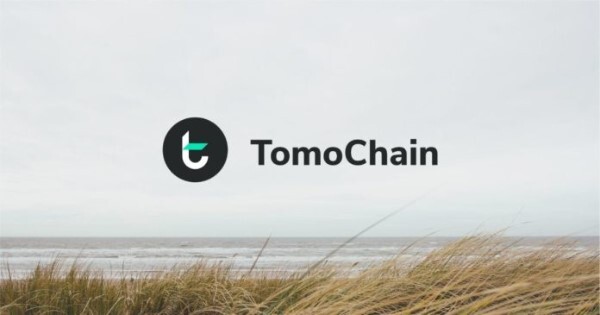
What is TomoChain used for?
TomoChain and similar initiatives are constructing the infrastructure of the future. Nonetheless, we may still consider TomoChain applications in the near years. So, how can TomoChain be used in the future? TomoChain was created to enable and satisfy the most common blockchain use cases, such as executing decentralized actions (Smart Contracts) and enabling immutable transactions. It is essential to highlight that these use cases may be applied to a variety of businesses and are thus wide.
FAQs About TomoChain
Is TomoChain A Good Investment?
Before investing in any cryptocurrency, you should always do research and understand the dangers involved. Start by carefully reading this TomoChain review. TomoChain, in my view, has market demand and a wide variety of token use cases that are essential to the network’s success.
Additionally, the passive revenue generated by staking TOMO or operating a master node makes it a tempting investment for many. If you want to invest in TomoChain, you may purchase Bitcoin on the Binance exchange in order to acquire TOMO tokens.
Where Can I Trade My Tomo Coins?
On exchanges like as KuCoin, Hotbit, DDEX, Gate.io, and Dex.top, TomoChain may be exchanged in pairings with ETH and BTC. TOMO has financial development potential since it has not yet been listed on the main markets.
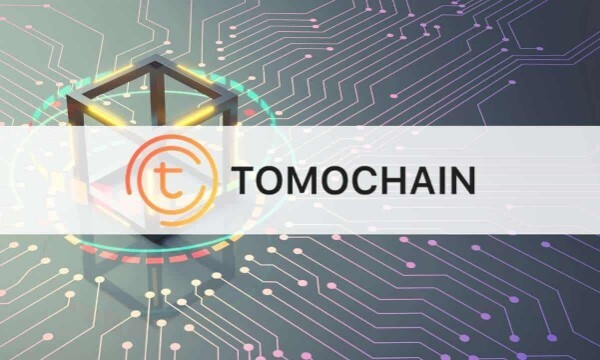
Where can I trade my Tomo coins?
What Problem Does TomoChain Want To Solve?
TomoChain attempts to address several crucial challenges, such as “the nothing at stake issue with PoS” and “achieving a high degree of TPS with decentralization.” In addition, it ensures security, stability, and chain finality using unique approaches like as double validation, staking through smart contracts, and provably uniform randomization procedures.
Wrapping Up
TomoChain is a unique platform that provides high transaction speeds and minimal transaction fees. The PoSV paradigm, which is based on 150 master nodes doing all of the block verification work, is essential to the platform’s operational efficiency.
Ethereum’s transition to a Proof-of-Stake platform, however, casts a large shadow over the project’s near-term future. With Ethereum attaining far faster speeds than TomoChain, TomoChain’s primary market advantages may vanish following the update. If TomoChain is able to adapt to this transformation and maintain its growth, the project’s long-term prospects are quite bright.
In addition, relying on just 150 verifier nodes might provide a possible obstacle. While this may not be a concern from an operational standpoint, some blockchain users continue to be wary of systems with lesser decentralization levels.
TomoChain must convince these prospective users that the platform’s verification approach poses no harm to blockchain decentralization in order to optimize its future development.

What Is Taproot Bitcoin? How Does It Affect Bitcoin?
24 June 2022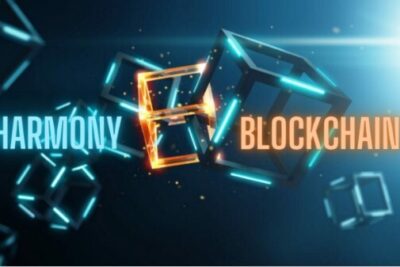
What Is Harmony ONE Blockchain And How Does It Work?
16 June 2022